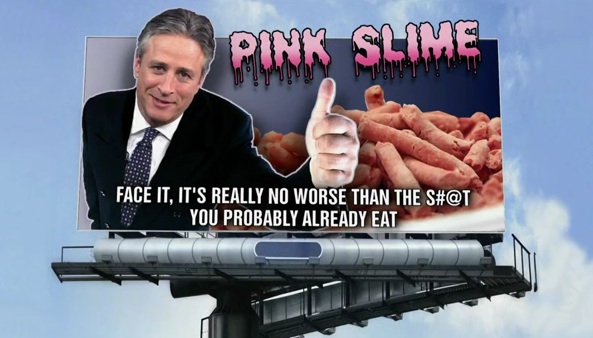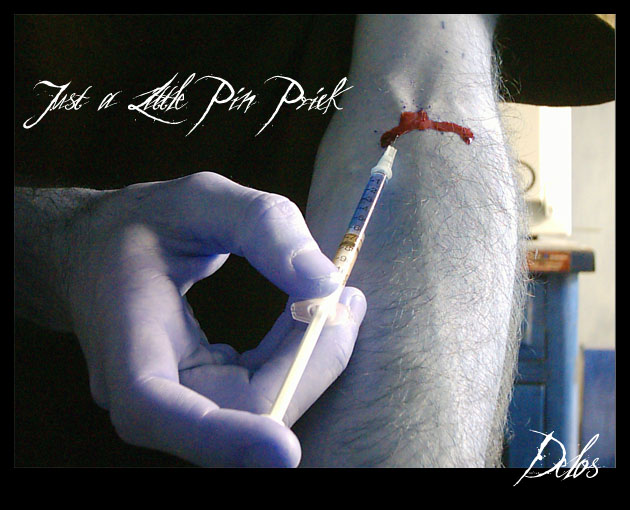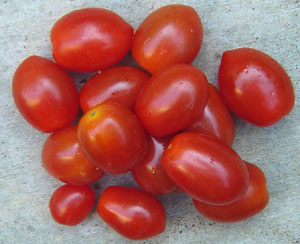The Lunch Lady will resume serving meals to Ottawa schools beginning Monday.
The Ottawa Citizen reports the caterer has been closed for more than two weeks after it was discovered that some meals had been contaminated with salmonella. At least 49 children and five adults had lab-confirmed cases of the stomach bug related to the outbreak, according to the City of Ottawa public health department.
Jonathan Morris, the owner of two Lunch Lady franchises, said since voluntarily shutting down, they’ve undergone new testing procedures at their kitchens and redistributed some of the staff duties. He said the kitchens have been thoroughly sterilized and much of the food has been thrown out.
"This problem was rooted in an individual who made a mistake," said Morris, adding that the staff member has since been let go. He said the fired employee made a "mistake" in the preparation that led to the .jpg) contamination of the food.
contamination of the food.
"The beef we received already had salmonella in it, but if the beef had been properly handled it wouldn’t have been issued," he said.
Morris said he feels "bad" that so many children and adults became ill from the food that was sent out to the schools.
But not bad enough to offer a full accounting of what the mistake was.
Morris is offering a variation of the trust us PR approach that usually fails. If one of my kids got sick, or if I was faced with choosing a school meal, I would want to know exactly what went wrong and exactly what has been changed so it wouldn’t happen again. Were the kitchens using meat thermometers to ensure safe temperatures had been reached? What kind of meat storage and prep procedures were followed to minimize cross-contamination? What handwashing procedures are in place and is there any verification such procedures are followed? Basic questions that the Lunch Lady and franchisee Morris seem unwilling to answer.
"My business will survive, but it’s not about me, it’s about those kids," added Morris, who has owned the business for five years. He has a staff of about 25 employees.
Maybe it’s a Canadian thing. Like the 2008 Maple Leaf listeria outbreak, the boss is saying the correct caring things, but that’s of little comfort to those who got sick. Communication needs to be supported with data. People aren’t dumb: explain what happened and what corrective actions are being taken so your commitment to food safety can be accurately assessed, or maybe your business won’t survive.

 Political fodder is comedic gold.
Political fodder is comedic gold. about someone else’s limited perspective.
about someone else’s limited perspective.(1).jpg) waste and disease. This is something you have to train on every single day, over and over. … My first year here, I think the staff was ready to hang me."
waste and disease. This is something you have to train on every single day, over and over. … My first year here, I think the staff was ready to hang me."
.jpeg) contamination likely occurred before the product reached retail stores.
contamination likely occurred before the product reached retail stores. safety. Unfortunately, quality and safety are seemingly used interchangeably on the website when they are actually two different concepts.
safety. Unfortunately, quality and safety are seemingly used interchangeably on the website when they are actually two different concepts.(1).jpg) eaten at salad bars at several locations of grocery store Chain A and ill persons at university campuses in Minnesota (1 ill person) and Missouri (2 ill persons). Traceback analysis determined that a single common lot of romaine lettuce harvested from Farm A was used to supply the grocery store Chain A locations as well as the university campus in Minnesota during the time of the illnesses. This lot was also provided to a distributor that supplied lettuce to the university campus in Missouri, but records were not sufficient to determine if this lot was sent to this university campus. Preliminary findings of investigation at Farm A did not identify the source of the contamination. Farm A was no longer in production during the time of the investigation.
eaten at salad bars at several locations of grocery store Chain A and ill persons at university campuses in Minnesota (1 ill person) and Missouri (2 ill persons). Traceback analysis determined that a single common lot of romaine lettuce harvested from Farm A was used to supply the grocery store Chain A locations as well as the university campus in Minnesota during the time of the illnesses. This lot was also provided to a distributor that supplied lettuce to the university campus in Missouri, but records were not sufficient to determine if this lot was sent to this university campus. Preliminary findings of investigation at Farm A did not identify the source of the contamination. Farm A was no longer in production during the time of the investigation._story.jpg) salmonellosis linked to duck eggs.
salmonellosis linked to duck eggs..jpg) was likely not tomatoes but rather hot peppers. Politicians rushed to microphones attacking the FDA for “destroying” the tomato industry. Of course, these are the same people who would have been outraged if tomatoes had been the source of the Salmonella and the FDA had not acted quickly.
was likely not tomatoes but rather hot peppers. Politicians rushed to microphones attacking the FDA for “destroying” the tomato industry. Of course, these are the same people who would have been outraged if tomatoes had been the source of the Salmonella and the FDA had not acted quickly. HPA gastrointestinal expert who led the multi-agency outbreak control team that investigated it.
HPA gastrointestinal expert who led the multi-agency outbreak control team that investigated it. people get sick.
people get sick..jpg) special mention to mad cow disease, salmonella in eggs and proper cooking temperatures.
special mention to mad cow disease, salmonella in eggs and proper cooking temperatures. Agriculture at a distributor in New York. The product is from a farm in Estero, Fla. that has since ceased production of that commodity.
Agriculture at a distributor in New York. The product is from a farm in Estero, Fla. that has since ceased production of that commodity.  another 50 or so, the best you can do is remind Canadians they should do more?
another 50 or so, the best you can do is remind Canadians they should do more?(1).jpg) website. Food Safety For Higher Risk Canadaians is brought to you by the Canadian Public Health Association (CPHA) supported through an unrestricted educational grant from Maple Leaf Foods Inc.”
website. Food Safety For Higher Risk Canadaians is brought to you by the Canadian Public Health Association (CPHA) supported through an unrestricted educational grant from Maple Leaf Foods Inc.”.jpg) Consumers, retailers and others who have Tiny Greens Alfalfa Sprouts or Spicy Sprouts should dispose of them in a closed plastic bag placed in a sealed trash can. This will prevent people or animals from eating them.
Consumers, retailers and others who have Tiny Greens Alfalfa Sprouts or Spicy Sprouts should dispose of them in a closed plastic bag placed in a sealed trash can. This will prevent people or animals from eating them.